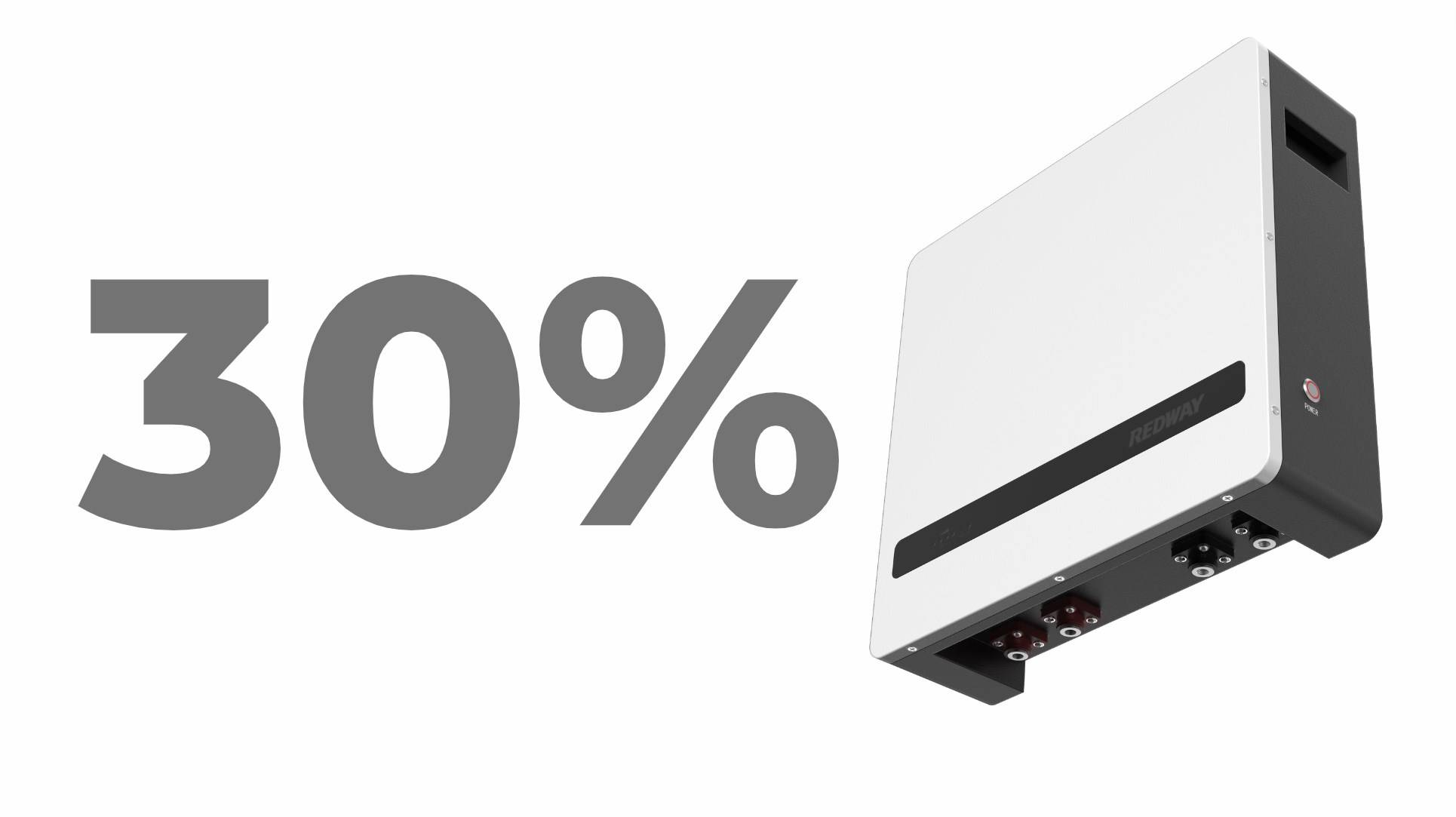The Battery Storage Technology Tax Credit offers significant savings for homeowners who install battery storage systems. Under this program, eligible taxpayers can receive a 30% federal tax credit on qualifying expenses, making it an attractive option for those looking to enhance energy efficiency and reduce reliance on traditional power sources. This article explains how it works and how you can benefit.
What is the Battery Storage Technology Tax Credit?
The Battery Storage Technology Tax Credit is part of the federal government’s initiative to promote renewable energy and energy efficiency. This tax credit allows homeowners to claim 30% of the cost associated with purchasing and installing battery storage systems that meet specific requirements. The program was established under the Inflation Reduction Act (IRA) and applies to installations made between 2022 and 2032.Overview of Battery Storage Tax Credit
| Feature | Description |
|---|---|
| Credit Amount | 30% of eligible costs |
| Eligibility Period | Installations from 2022 to 2032 |
| Minimum Capacity | Must have a capacity of at least 3 kWh |
Who qualifies for the Battery Storage Technology Tax Credit?
To qualify for the Battery Storage Technology Tax Credit, homeowners must meet certain criteria:
- Residential Use: The battery storage system must be installed in a dwelling unit used as a residence.
- Capacity Requirement: The system must have a minimum capacity of 3 kilowatt-hours (kWh).
- Location: The installation must occur within the United States.
Eligibility Criteria Chart
| Criteria | Requirement |
|---|---|
| Residential Use | Must be installed in a home |
| Minimum Capacity | At least 3 kWh |
| Location | Installation must occur in the USA |
What expenses are eligible for this tax credit?
Eligible expenses under this tax credit include:
- Purchase Costs: The cost of acquiring the battery storage system.
- Installation Costs: Labor costs associated with onsite preparation, assembly, or installation.
- Additional Equipment: Costs related to necessary wiring or piping required to connect the battery system to your home.
Eligible Expenses Chart
| Expense Type | Description |
|---|---|
| Purchase Costs | Cost of battery storage system |
| Installation Costs | Labor costs for setup |
| Additional Equipment | Wiring and piping costs |
How do you apply for the Battery Storage Technology Tax Credit?
Applying for the Battery Storage Technology Tax Credit involves several steps:
- Document Your Expenses: Keep records of all costs associated with purchasing and installing your battery system.
- Complete IRS Form 5695: This form is used to claim residential energy credits, including the battery storage credit.
- File Your Taxes: Include Form 5695 with your federal tax return to claim your credit.
Application Process Chart
| Step | Action |
|---|---|
| Document Expenses | Keep detailed records of all related costs |
| Complete IRS Form 5695 | Fill out necessary forms |
| File Taxes | Submit your return with Form 5695 included |
How does the Inflation Reduction Act affect battery storage?
The Inflation Reduction Act (IRA) significantly enhances incentives for renewable energy technologies, including battery storage systems. By extending and expanding tax credits, it encourages homeowners to invest in energy-efficient technologies. The IRA ensures that both solar energy systems and standalone battery installations qualify for substantial federal tax credits, making them more accessible.Impact of IRA on Battery Storage Chart
| Aspect | Description |
|---|---|
| Extended Credits | Continued availability of tax incentives |
| Increased Accessibility | More homeowners can afford installations |
| Encouragement of Renewables | Promotes investment in clean energy solutions |
Buy Wholesale Battery Tips
For businesses seeking reliable battery solutions, Redway Battery is an excellent choice for wholesale buyers or OEM clients overseas. With over 13 years of experience in lithium battery manufacturing, Redway Battery provides high-quality products that serve as a superior alternative to lead-acid batteries.To make OEM orders from a trustworthy manufacturer like Redway Battery:
- Identify Your Needs: Determine specifications and quantities required.
- Contact Redway Battery: Reach out through their official channels.
- Discuss Terms: Negotiate pricing and delivery timelines.
- Place Your Order: Finalize your order with a purchase agreement.
Industrial News
Recent trends indicate a growing interest in battery storage solutions as part of broader efforts to transition towards renewable energy sources. The federal government’s commitment to incentivizing clean energy technologies through various tax credits has led to increased installations across residential properties, enhancing energy independence.
Redway Expert Views
“Investing in battery storage not only helps consumers save on energy costs but also contributes significantly to environmental sustainability,” states an expert at Redway Battery. “Understanding available incentives like the tax credit can make these investments even more appealing.”
FAQ Section
- Q1: Can I claim this tax credit if I already have solar panels?
A1: Yes, you can claim the tax credit for adding battery storage to existing solar panel systems. - Q2: Is there a maximum limit on how much I can claim?
A2: No, there is no maximum limit; you can claim 30% of all eligible expenses without a cap. - Q3: Do I need special documentation to apply?
A3: Yes, you will need to provide receipts and complete IRS Form 5695 when filing your taxes. - Q4: Can I receive this credit if I install batteries without solar panels?
A4: Yes, standalone battery systems also qualify for the tax credit if they meet eligibility requirements.



